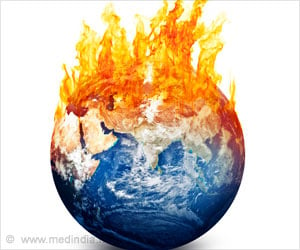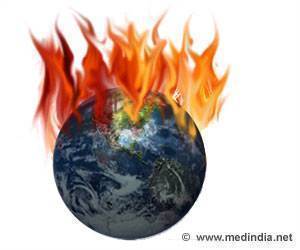The unstable climate about 60,000 to 12,000 years ago, increased temperatures between four and 16 degrees Celsius, which was difficult for the giant animals to survive.

Giant animals found it tough to survive in these hot conditions, possibly because of the effects it had on their habitats and prey.
"Interstadials are known to have caused dramatic shifts in global rainfall and vegetation patterns," said first author Alan Cooper from the University of Adelaide in Australia.
Temperature drops during the Late Pleistocene showed no association with animal extinctions, said the study published in the journal Science.
But only the hot interstadial periods were associated with the large die-offs that hit populations (local events) and entire species of animals (global events).
"By disrupting the animals' environments, human societies and hunting parties likely made it harder for megafauna to migrate to new areas and to refill areas once populated by animals that had gone extinct," said Cooper.
Advertisement
"In many ways, the rise of atmospheric carbon dioxide levels and resulting warming effects are expected to have a similar rate of change to the onset of past interstadials, heralding another major phase of large mammal extinctions," said Cooper.
Advertisement
Source-IANS









